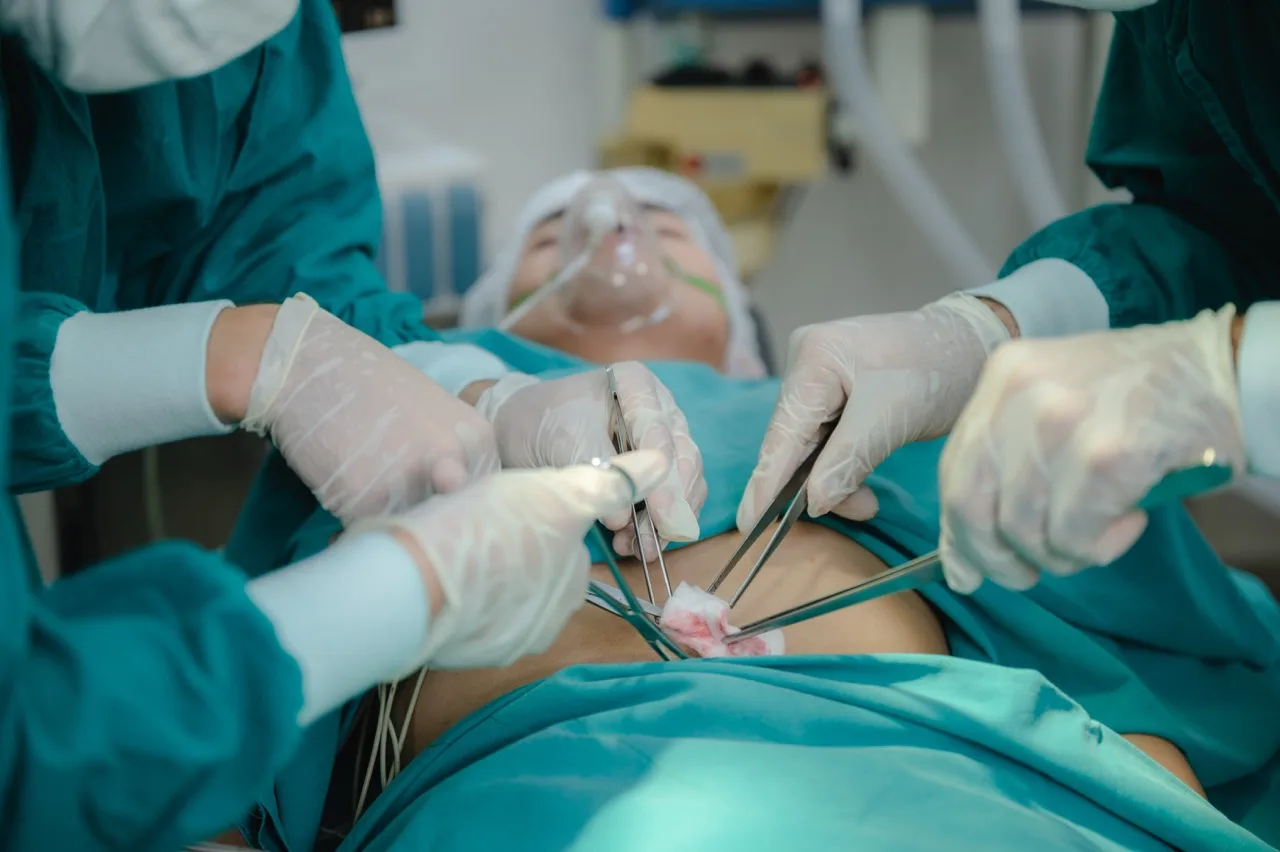Diagnosis and Treatment of Umbilical Hernia
An umbilical hernia occurs when part of the intestine protrudes through an opening in the abdominal muscles at the navel. It is most commonly seen in infants. The small opening in the abdominal wall of infants forms where the cord connecting the baby to the mother passes during fetal development. This opening usually closes on its own after birth, but if it does not, fatty tissue or a part of the intestine may protrude through, causing an umbilical hernia. In babies, a bulge around the navel may be observed when they cry.
In infants, spontaneous healing is usually expected by the age of 1 to 2 years, although it may take longer in some cases. In adults, increased intra-abdominal pressure can cause fatty tissue or parts of the intestine to push through weak spots in the abdominal muscles. Factors such as obesity, heavy lifting, previous surgeries, and a family history of hernias can contribute to umbilical hernia in adults.
Diagnostic Methods:
Umbilical hernia is usually diagnosed by physical examination. In suspicious cases in infants, imaging techniques such as ultrasound or CT scans may be used. Spontaneous healing is generally expected until the age of 4 in infants. However, hernias that persist after age 4 or those that begin in adulthood may require surgical treatment.
Treatment Methods:
Robotic Surgery (Robot-Assisted Minimally Invasive Surgery):
Robotic surgery is a minimally invasive method performed under the guidance of high-resolution 3D imaging. The operation is done through several small incisions. The surgeon controls the procedure from a console located a few steps away from the patient. The small incisions speed up the healing process and allow the patient to return to daily activities more quickly. All the surgeon’s movements are instantly transmitted to robotic instruments inside the patient’s body.
Open Surgery:
Open surgery is a procedure performed under local or general anesthesia. The surgeon makes an incision in the groin area, pushes the hernia back into the abdominal cavity, and sutures the weak spot. Open surgery may prolong the recovery time due to the larger incision.
Laparoscopic Surgery (Minimally Invasive Surgery):
Laparoscopic surgery involves several small incisions in the abdominal area. During the operation, the abdomen is inflated with gas, and a camera is inserted to provide a view of the internal area. This minimally invasive technique enables faster recovery and an earlier return to normal activities.
Each treatment method is selected by the doctor based on the patient’s age, overall health, and the size of the hernia.


